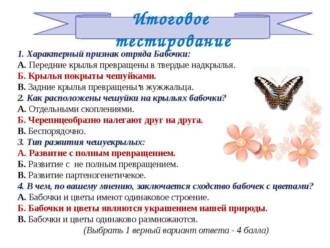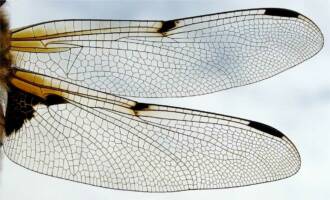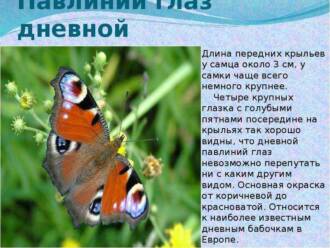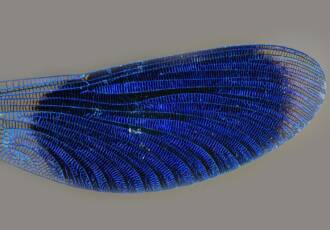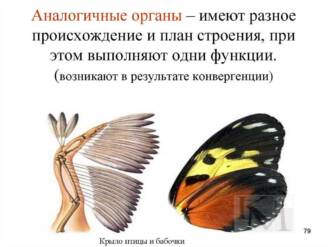The scales laid on the wing of a butterfly, like tiles on the roof of a house, are often brightly colored and form lines, spots, stripes, stains - all that is called the "wing pattern". It sometimes looks like a real picture, decipherable. This is how butterflies are basically defined - after all, the pattern of each butterfly is unique.

Consider the wing of one of our common diurnal butterflies, such as a checkered or mother-of-pearl. A wavy line, as it were, folded from tiny sickles runs along its outer edge. Each sickle connects two adjacent veins with its ends. In the language of specialists, these are “marginal holes”.
Immediately behind the marginal holes there is a row of round spots. These are "edge eyes". They can be monochromatic or have a bright speck in the middle - the “pupil”. The first eyes are called "blind", "blind" or "closed", "sleeping", and the second - "open" or "sighted". Even further from the edge of the wing are light stripes, or "bandages", and behind them - "basal spots".
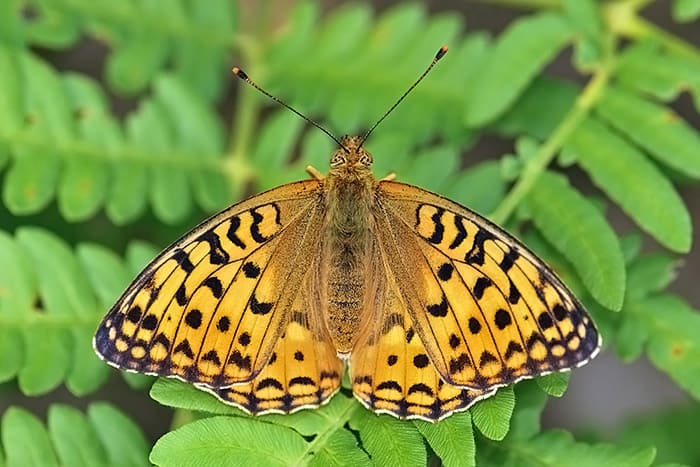
The number and arrangement of details of the pattern is different even in closely related species. Eyes, holes, spots and bandages can change their location, move to unusual places or simply disappear. All this is noticed when describing or defining butterflies. Well, what is still not drawn, but “written” on butterfly wings? It turns out that the spots on the leading edge of the mother-of-pearl wing are very reminiscent of numbers, and in some species (for example, in aglaia, niobe or adippa), even a four-digit number is clearly readable - for example, 1356, 1358. Look and read for yourself!
Read more:
